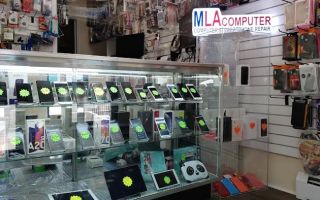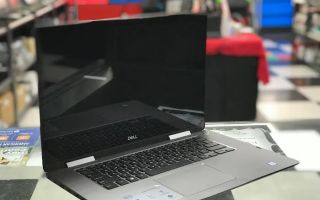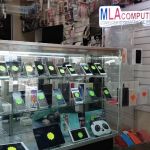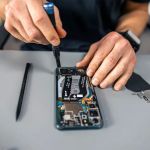How to Boot iMac from USB Drive: Simple Steps to Get Started
- Why Boot from USB on iMac?
- Preparing USB Drive for iMac Boot
- How to Boot iMac from USB Drive
- Troubleshooting iMac USB Boot Issues
- Explore More with Ninja Stik
Why Boot from USB on iMac?
Booting your iMac from a USB drive can be an essential tool for troubleshooting, installing or upgrading your macOS, or running a clean version of macOS without affecting the system on your primary hard drive. Many users prefer booting from a USB drive to perform diagnostics, install a fresh operating system, or run a lightweight system without clutter. It’s a simple, efficient process that provides flexibility when you need it the most.
Preparing USB Drive for iMac Boot
Before booting your iMac from a USB drive, you need to prepare the drive with the appropriate files and make sure it's properly formatted. Here’s how you can prepare a USB drive for use:

Micro Center
730 Memorial Dr, Cambridge, MA 02139, USA
1. Format the USB Drive
Use Disk Utility on your iMac to format the USB drive. To do this, plug in the USB drive, open Disk Utility from Applications > Utilities, select your drive, and choose the format. It’s recommended to choose Mac OS Extended (Journaled) or APFS if you're using macOS High Sierra or later.

Best Buy
4210 Centerplace Dr, Greeley, CO 80634, USA
2. Create a Bootable Drive
After formatting the drive, you need to create a bootable USB drive. You can do this by downloading the macOS installer from the App Store and using Terminal to transfer the installer onto the USB. Use the following command in Terminal:
sudo /Applications/Install macOS [macOS version].app/Contents/Resources/createinstallmedia --volume /Volumes/[Your USB Name].
This will set up the USB drive as a bootable device.
How to Boot iMac from USB Drive
Once your USB drive is ready, follow these steps to boot your iMac from it:
1. Turn Off Your iMac
First, shut down your iMac completely.
2. Plug in the USB Drive
Insert the bootable USB drive into one of the USB ports on your iMac.
3. Start iMac and Access Startup Manager
Press the power button to turn on your iMac. Immediately hold down the Option (⌥) key as soon as the iMac begins to start up. This will take you to the Startup Manager, where you can select your bootable USB drive.
4. Select USB Drive
Once in Startup Manager, you’ll see a list of available boot devices. Select the USB drive to boot from and hit Enter. Your iMac will begin booting from the USB drive, and you’ll be able to start the installation or diagnostics process.
Troubleshooting iMac USB Boot Issues
Sometimes, booting from a USB drive may not work as expected. If you encounter issues, consider the following solutions:
1. Check the USB Port
Try a different USB port on your iMac. Some ports may not work properly for booting, especially with older models.
2. Reformat and Recreate the Bootable Drive
If your USB drive isn’t recognized, try reformatting it and recreating the bootable drive using the correct procedures. Ensure that the macOS installer on the USB drive is up to date.
3. Reset the NVRAM
If you still can’t boot from the USB, try resetting the NVRAM (Non-Volatile Random-Access Memory). Shut down your iMac, and upon startup, hold down the Option + Command + P + R keys simultaneously for about 20 seconds. This can resolve issues with startup preferences.
4. Check the USB Drive for Errors
If the USB drive itself is faulty or corrupted, it may not boot. Run a check on the USB drive using Disk Utility to ensure there are no issues.
Explore More with Ninja Stik
Whether you need help with booting your iMac from a USB drive or exploring other technical solutions, Ninja Stik provides great resources and tips to make your technology experience easier. Our expert guides and tips will ensure that you get the most out of your tech devices.
Want to learn more or find the best technology solutions? Visit Ninja Stik for more information!






























